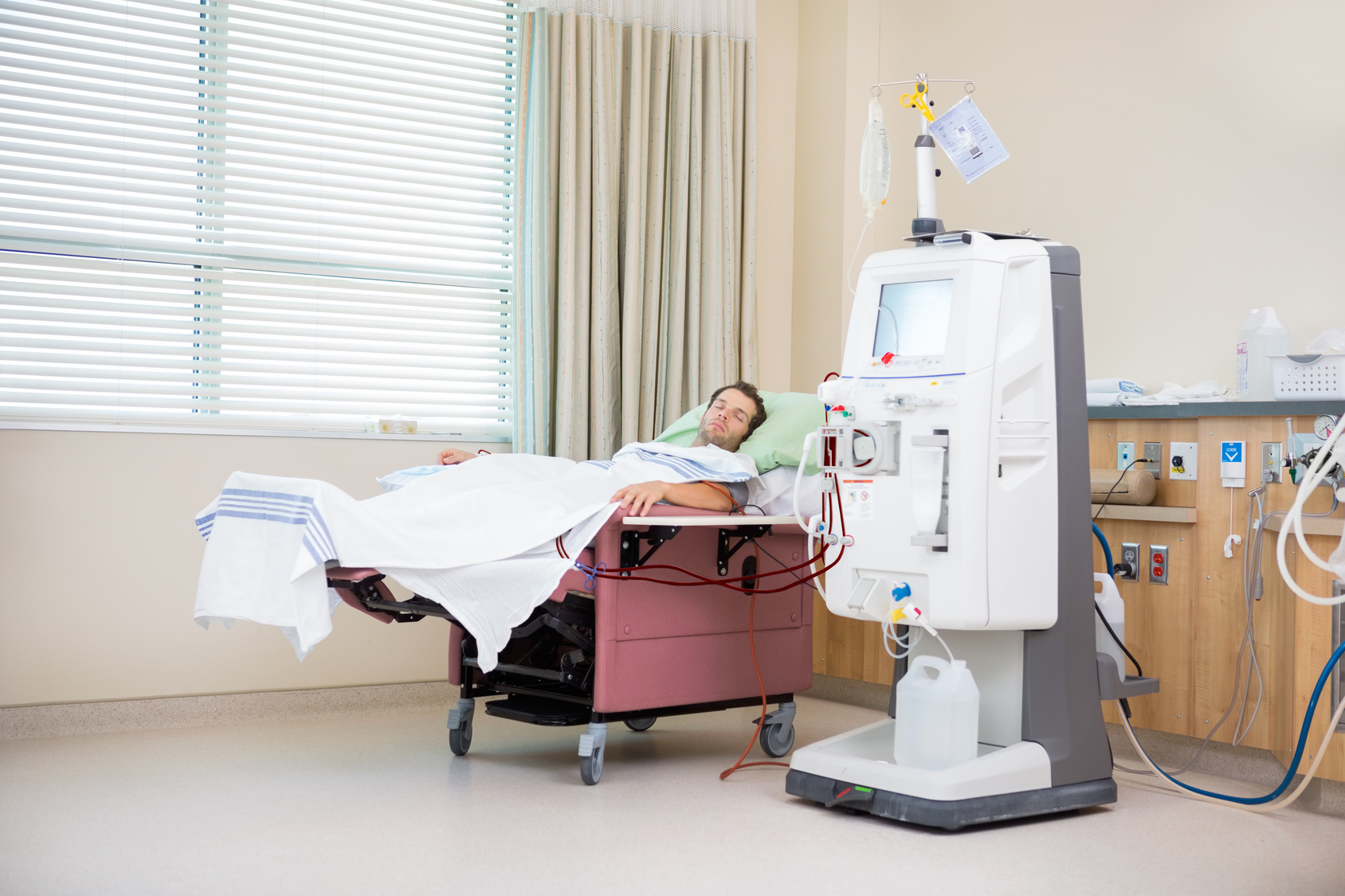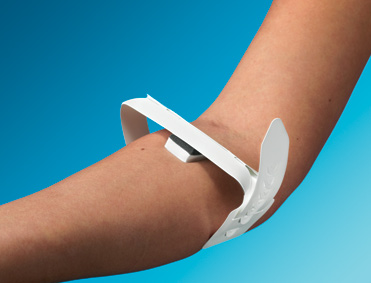Hemodialysis
The dialyzer is connected to the patient’s body by needles inserted by vascular access. There are two types of vascular access designed for long-term use: the arteriovenous (AV) fistula and the AV graft. There can also be use for a third type of vascular access, which is dedicated to short-term use – access through venous catheter.
The first type of access is usually located in the forearm of the non-dominate arm. The second type is located on the arms and more seldom in the vicinity of the thigh or thorax. After the procedure, the punctured location has to be pressed in order to create haemostasis to stop the bleeding. Dia Stop is specially designed for this purpose. It is applicable for puncture sites created in the forearm.
Treatment Methods for Kidney Failure: Hemodialysis
Find out more


